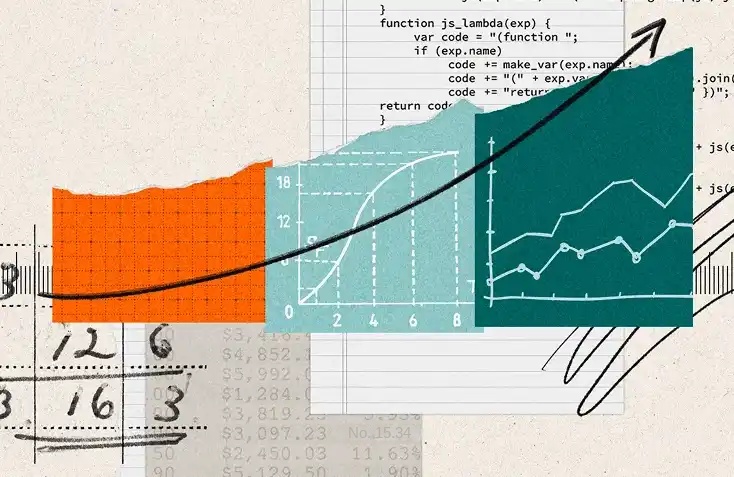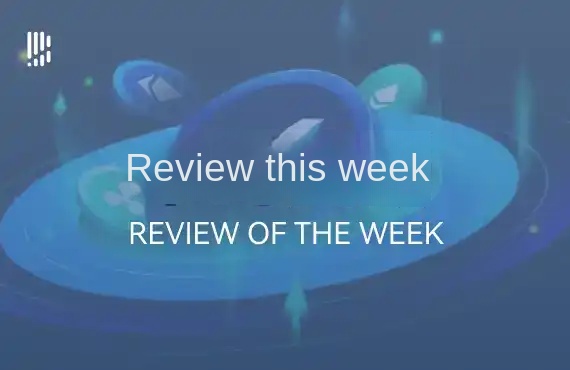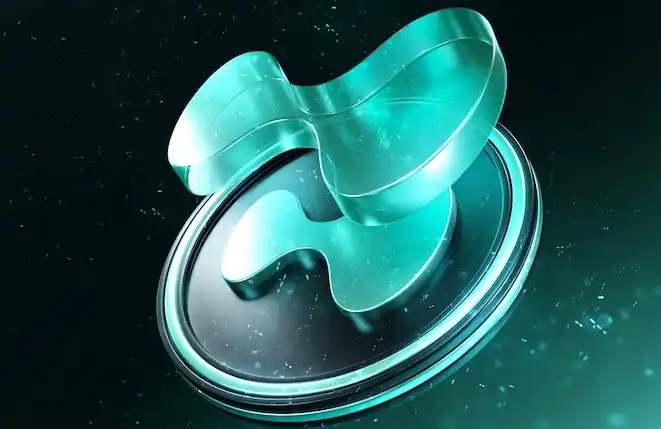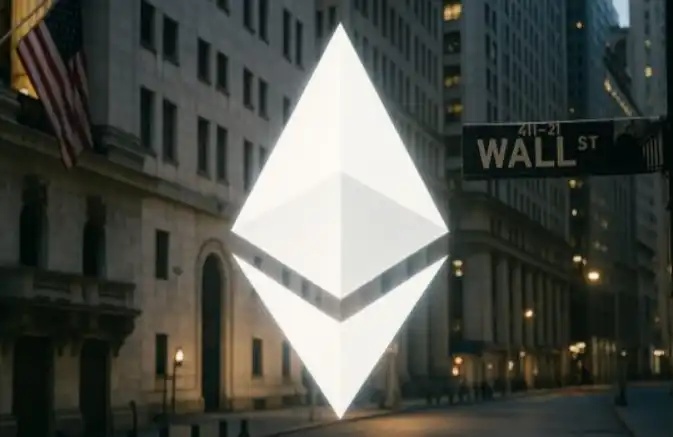Bitcoin “Quantum Cat”: Without smart contracts, how can inscriptions change dynamically?
The most anticipated Bitcoin NFT project recently is undoubtedly the Quantum Cats series to be released by the Taproot Wizards team, also known as the "Big Wizards".

Quantum Cats
Translation:
Quantum Cats
Setting aside the powerful influence of "The Great Wizard" in the Bitcoin NFT ecosystem and the players' greater chance of obtaining "The Great Wizard" whitelist by holding "Quantum Cats", "Quantum Cats" is a very interesting project. "Quantum Cats" describes itself with "Evolution Inscriptions" - each "Quantum Cat" will continue to change in a deterministic way over time and as the storyline develops.

"What will happen to the Quantum Cat in a year?"
We know that the Bitcoin mainnet does not have smart contracts, and once the inscription is engraved, the content is fixed. How does "Quantum Cat" make the inscription image constantly change? BlockBeats will explore this interesting question with you. After exploring this issue, we will also discover that Bitcoin NFT has entered a new era.
"Quantum Cat" Changes - Recursive + Pre-Signed Transactions
Taproot Wizards' CTO @rot13maxi mentioned in a tweet that they used the following technologies to achieve the dynamic changes of "Quantum Cat":
- Recursive Inscription- Pre-signed transaction- Symmetric Encryption- Client Load Management

Recursive inscriptions are probably familiar to everyone. In short, recursive inscriptions allow inscriptions to refer to each other and obtain content. Recursive inscriptions contain JavaScript code. When viewing inscriptions containing JavaScript code in a browser, the browser executes the code in a sandbox and ultimately presents the content obtained by running the code.
By referencing other inscriptions on the chain to achieve image changes, this is easy to understand. However, if the other inscriptions have already been chained, the referenced content is transparent and there is no surprise. What to do? This is where pre-signed transactions come in - if the referenced content is an inscription that has not yet been chained, the displayed result is naturally "404 Not Found". Pre-sign the transaction that implements the "open map" action, but do not broadcast it. When the pre-signed transaction is broadcasted someday, the referenced content will appear and the "Quantum Cat" image will change.
Symmetric encryption is used to ensure that there is no data leakage before the user sees the updated image, preventing any surprises from being spoiled. It is worth mentioning that "Quantum Cat" has added two layers of protection. The first layer of protection is an additional mapping layer, where features such as background, body, nose, etc. are assigned as "layers". Each "Quantum Cat" will point to a JSON file, and its ID will be mapped to a new short ID, which will then be mapped to the plaintext ID of the feature. This JSON file is called the "Layer Connector". Before being linked to the "Layer Connector", holders can only see that they have referenced the "Layer Connector", but do not know what features will be assigned after execution.
This first insurance is to prevent the trouble caused by directly quoting inscriptions. Even if the inscriptions quoted directly can be delayed on-chain for confidentiality, the rarity of the "Quantum Cat" can still be calculated based on the number of references.
The second layer of security is symmetric encryption, which is to prevent sudden increases in miner fees that may occur after the "open map" transaction is linked to this JSON file. If the transaction cannot be completed in time, the code of the JSON file will be leaked before the "open map". What to do? We have to encrypt each "layer" symmetrically.
As for client load management, it is not directly related to the dynamic changes of implementing "Quantum Cat". It is only to provide users with a good experience when browsing a bunch of "Quantum Cats", preventing network timeouts and browser thread pool exhaustion.
Other than the "Quantum Cat" approach, there is also the recursive + Sat Endpoint method of Pizza Ninjas.
Pizza Ninjas' Transformation - Recursion + Sat Endpoint
Sat Endpoint is actually a greatly enhanced function of recursive inscriptions. By using the Sat Endpoint function, it is possible to re-engrave on a single Cong, and also to display different versions of inscriptions that exist on a single Cong. If the technological innovation of "Quantum Cat" is more for its artistic narrative (paying tribute to OP_CAT) and artistic behavior (progressive opening of the picture), then the Pizza Ninjas who use Sat Endpoint are more interested in creating breakthroughs in functionality.
Not only that, Sat Endpoint actually has the advantage of "trustworthiness" compared to smart contracts.
Although the inscription is immutable, Sat Endpoint can use re-etching to allow the inscription to be upgraded in a manner permitted by the holder. The change right of the smart contract is held by the project party/developer, but in Bitcoin, the situation is completely different - it can be understood as a software that releases multiple versions, and users can choose to stay in their favorite/more stable old version or upgrade to the latest version, because only the holder of the NFT has the right to re-etch. Moreover, NFTs that use different versions of the "smart contract" (actually a .js file) will still remain intact in the same series, and will not be split into multiple series due to contract changes like Ethereum.

The diagram of Pizza Ninjas illustrates this point well - developers release different versions of .js files, and holders choose (burn) which one to use.
Of course, what's even more impressive is that Sat Endpoint turns a simple piece of art into a token-gated programmable mini-computer, allowing for CRUD (Create, Read, Update, Delete) of applications through re-encoding, and code on the artwork can be executed directly through various inscription browsers. We've seen someone encode the classic game "DOOM" on a single inscription in the early days of Ordinals, and with Sat Endpoint, there is infinite creativity and imagination that can be unleashed on a single inscription. Take Pizza Ninjas as an example, the team designed custom JavaScript code to provide holders with an emulator of the Nintendo classic game console SFC, and holders can re-encode SFC game ROMs into it, turning their Pizza Ninja into a game console running on Bitcoin.

With the continuous exploration of various experts in the Bitcoin ecosystem, there will be more geek explorations like NFT game machines. Pizza Ninjas has proposed a concept called "Art as Application (AssA)" in response to this.
Conclusion: The era of Bitcoin NFT has changed
Ordinals protocol updates bring many new features and an influx of funds, making the "startup" threshold for Bitcoin NFTs increasingly high. It can be said that the era of "grassroots entrepreneurship" where the engraved images need to be downloaded on the website and the narrative is mainly fair and free has passed. The most intuitive feeling for everyone may be that the quality of the images is getting higher and higher, but upon closer inspection, there are actually two main development directions.
Scarcity in Narrative
The existence of token numbers makes the competition for Bitcoin's "narrative" exceptionally fierce. For example, the emergence of Nodemonkes has squeezed out the narrative of "the first native 10K PFP" belonging to Bitcoin Frogs. Rare Cong and Ancient Cong have also become standard configurations for those who want to create a top NFT project on Bitcoin.
Technological Innovation
Welcome to join the official BlockBeats community:
Telegram Subscription Group: https://t.me/theblockbeats
Telegram Discussion Group: https://t.me/BlockBeats_App
Official Twitter Account: https://twitter.com/BlockBeatsAsia


 Forum
Forum Finance
Finance
 Specials
Specials
 On-chain Eco
On-chain Eco
 Entry
Entry
 Podcasts
Podcasts
 Activities
Activities
 OPRR
OPRR








